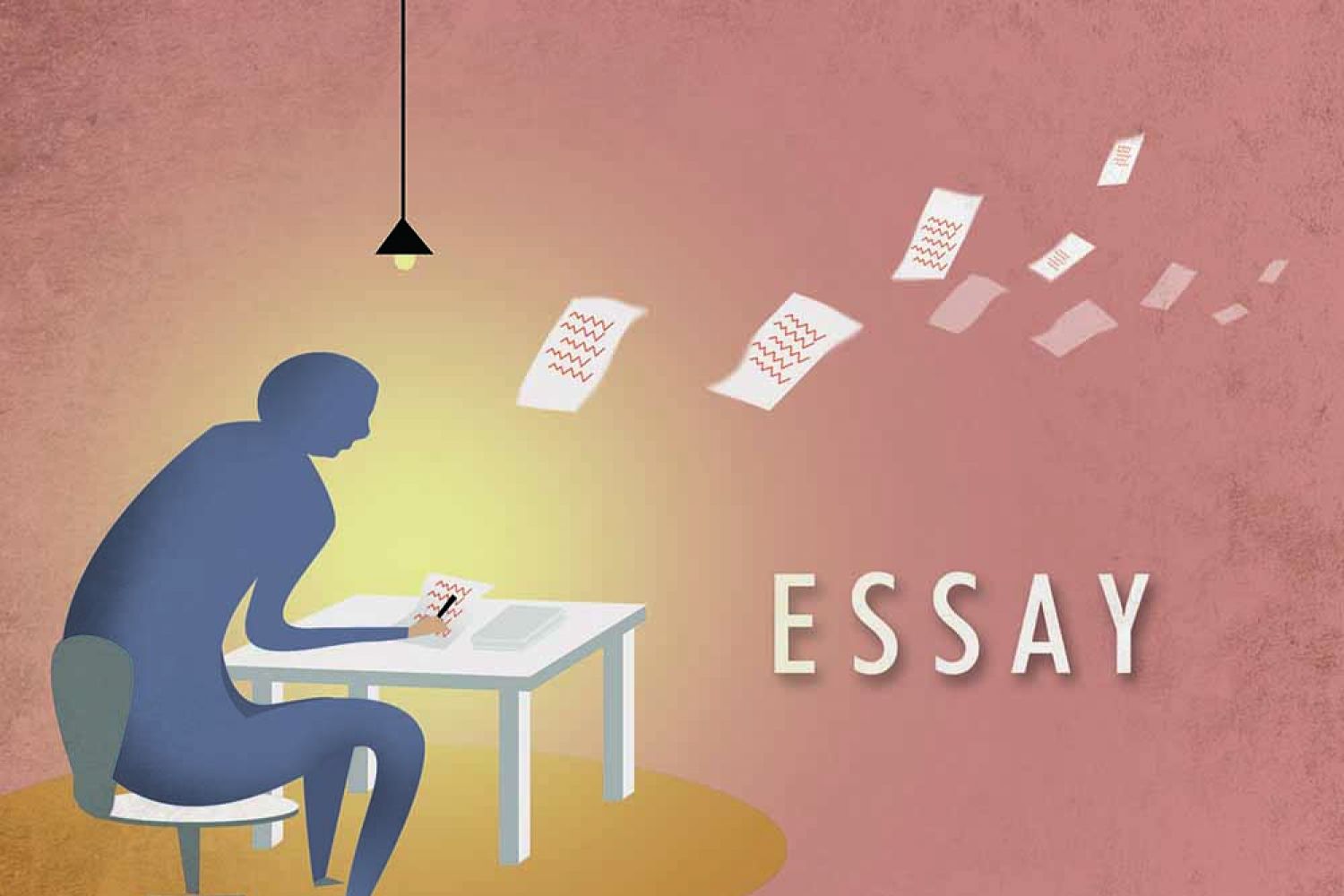
Now in Injia’s sunny
clime,
Where I used to spend
my time
A’serving’ of ‘Er
Majesty the Queen,
Of all them black
faced crew
The finest man I knew
Was our regimental
bhisti, Gunga Din,
He was ‘Din!Din!Din!
‘You limpin’ lump o’
brick-dust, Gunga Din!
‘Hi Slippy hitherao!
‘Water get it, Panee
lao,
‘You sqiddgy nosed old
idol, Gunga Din.’
...
It was ‘Din!Din!Din!
‘You ‘eathen, where
the mischief ‘ave you been?
Continue reading “Gunga Din and the flavours of Indlish”
Read this story with a subscription.





